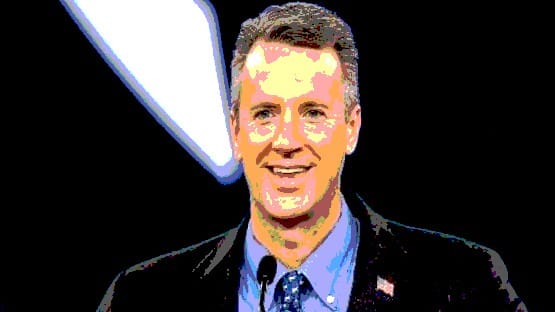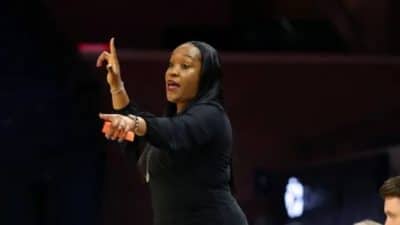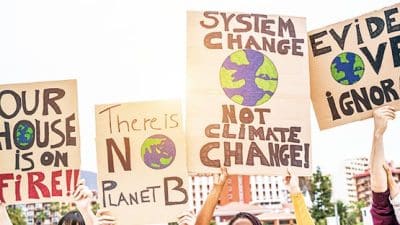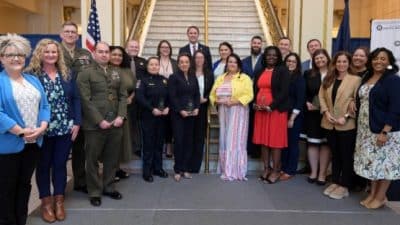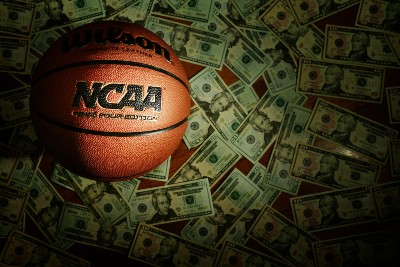
– stock.adobe.com)
You’d have to assume at least some overlap between those who are current and historical donors to Virginia Athletics, which foots the bill for coach and staff salaries and scholarships for student-athletes, and those who might be interested in participating in NIL opportunities.
There hasn’t been a bottom-line impact for Virginia Athletics yet, though, according to athletics director Carla Williams.
“Yeah, the question about limited dollars, where do donors put those dollars, was a part of the discussion from the very beginning three years ago. We haven’t seen it. We haven’t seen a problem,” Williams said last week as she prepared to help break ground on the new $90 million football operations center on Grounds.
The groundbreaking itself would seem to suggest that Virginia Athletics is doing just fine with its donor base, which is footing the bill for a two-story, 90,000-square-foot facility that is projected to be ready for move-in in the spring of 2025.
“I think the donors are learning a lot about what NIL means and the impact it has on athletics programs,” Williams said. “They know the impact that facilities have. They know scholarships are important. We’re beginning to talk a lot about operational support.
“The great thing about it is they get to pick. We haven’t had any issues. It’s early in the process, but we haven’t had any issues with it,” Williams said.
The question is potentially crucial for Virginia and other athletics programs across the country.
Virginia Athletics gets about a quarter of its annual revenues – a reported $27.1 million in 2018-2019 – from donor contributions, according to analysis from USA Today.
Any diversion of those dollars toward NIL could be damaging to the bottom line for Williams, who is facing another problem – that Virginia has, according to critics, lagged behind its peers with respect to NIL.
Lack of NIL support has been cited by some as a reason that Virginia lost out on prized basketball recruit London Johnson, for instance.
Virginia Athletics, the pressure from the critics notwithstanding, has been taking a measured approach to NIL, at least in part out of concern that the regulatory dust has yet to settle.
“We’ll have to wait and see what our governance structure looks like,” Williams said. “We don’t know. I’m not going to try to predict what it’s going to look like. I just know it’s going to be different and we’re all going to have to adjust.
“We are focused on providing our student-athletes with maximum opportunities within the rules. Educating our donors, boosters, collectives, anyone interested in participating in NIL, we’re just trying to educate and monitor,” Williams said.
Without calling out Cavalier Futures, a nonprofit headed by former Virginia Athletics Foundation associate director Lo Davis, by name, Williams said Virginia Athletics has “done a lot to partner with external units related to NIL to help the student-athletes.”
“They have benefited from it,” Williams said. “It’s been fun to watch, quite frankly, to see some of our student-athletes and their entrepreneurial spirit, take the bull by the horns, make something where there was nothing. That’s been fun to watch.”
Story by Chris Graham



